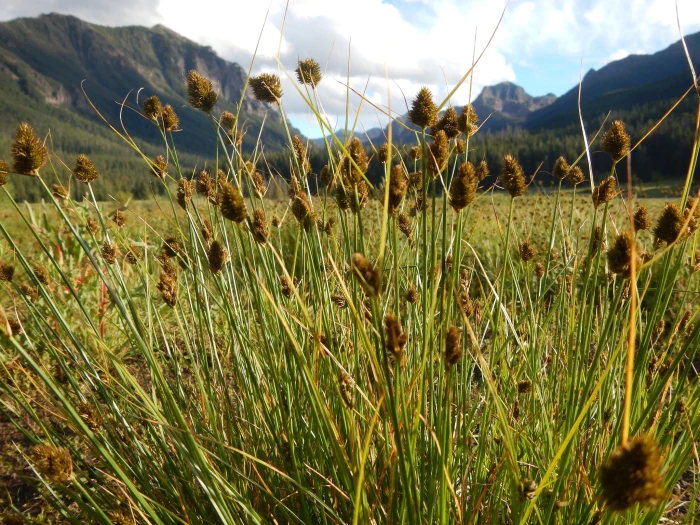Slenderbeak Sedge
(Carex athrostachya)
Slenderbeak Sedge (Carex athrostachya)
/
/

Matt Lavin
CC BY 4.0
Image By:
Matt Lavin
Recorded By:
Copyright:
CC BY 4.0
Copyright Notice:
Photo by: Matt Lavin | License Type: CC BY 4.0 | License URL: http://creativecommons.org/licenses/by/4.0/ | Rights Holder: Matt Lavin | Publisher: iNaturalist | Date Created: 2014-08-29T18:28:30-07:00 |

























Estimated Native Range
Climate Requirements for Brent, United Kingdom
| This Plant | Your Site | Plant Suitability for Your Location | ||
|---|---|---|---|---|
| • Precipitation | 46" - 55" | 25" | Your precipitation may be insufficient for this plant. Irrigate N" / year. | Irrigate N" / year |
| • High Temp. | 72°F - 86°F | 74°F | Your summer temperatures are normal for this plant. | Excellent |
| • Low Temp. | 6°F - 27°F | 35°F | Your winter temperatures are normal for this plant | Excellent |
This plant should grow well at your location with about N inches per year (Y minutes per month) of irrigation.
Summary
Carex athrostachya, commonly known as Slenderbeak Sedge, is a perennial herbaceous plant native to a variety of moist habitats across western North America, including Alaska, central Canada, the western contiguous United States, and Baja California. It is typically found in wetlands, riparian zones, moist meadows, and along streambanks, where it contributes to soil stabilization and water filtration. Slenderbeak Sedge can grow up to 31 inches tall and is characterized by its narrow, grass-like leaves and a distinctive inflorescence consisting of a dense green to brown cluster that appears in late spring to early summer. The flowers are not particularly showy, but they do provide ecological value for native pollinators and wildlife.
In cultivation, Slenderbeak Sedge is valued for its ability to thrive in wet conditions, making it suitable for rain gardens, water features, and naturalized areas that experience seasonal flooding. It prefers full sun to part shade and can adapt to a range of soil types, provided they are consistently moist. This sedge is low maintenance and can be used to create a textured ground cover or as part of a native plant garden. While generally disease-free, it can spread via rhizomes and may require management to keep it within bounds.CC BY-SA 4.0
In cultivation, Slenderbeak Sedge is valued for its ability to thrive in wet conditions, making it suitable for rain gardens, water features, and naturalized areas that experience seasonal flooding. It prefers full sun to part shade and can adapt to a range of soil types, provided they are consistently moist. This sedge is low maintenance and can be used to create a textured ground cover or as part of a native plant garden. While generally disease-free, it can spread via rhizomes and may require management to keep it within bounds.CC BY-SA 4.0
Plant Description
- Plant Type: Grass
- Height: 1.5-2.5 feet
- Width: 1-2 feet
- Growth Rate: Slow
- Flower Color: N/A
- Flowering Season: Spring, Summer
- Leaf Retention: Deciduous
Growth Requirements
- Sun: Full Sun, Part Shade
- Water: High
- Drainage: Fast, Medium
Common Uses
Bird Garden, Erosion Control, Low Maintenance, Water Garden
Natural Habitat
Wetlands, riparian zones, moist meadows, and streambanks
Other Names
Common Names: Jointed-Spike Sedge, Long-Bracted Sedge, Slender-Leaved Sedge
Scientific Names: Carex athrostachya, Carex athrostachya var. athrostachya, Carex athrostachys, Carex athrostachys var. athrostachys, Carex athrostachys var. capillacea, Carex tenuirostris
GBIF Accepted Name: Carex athrostachya